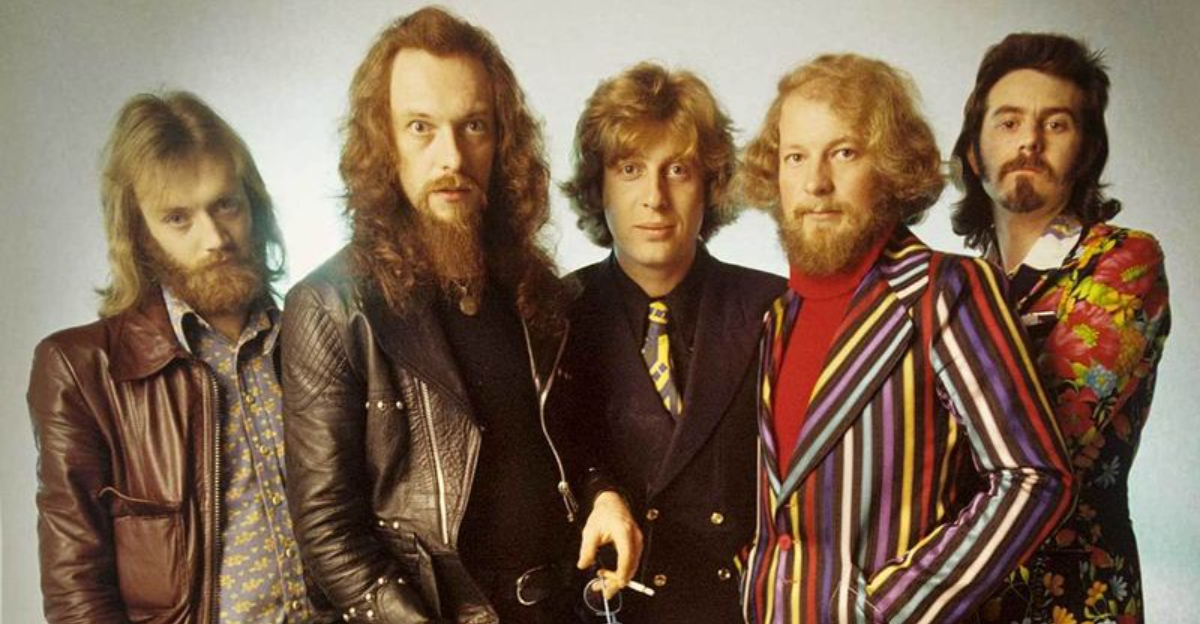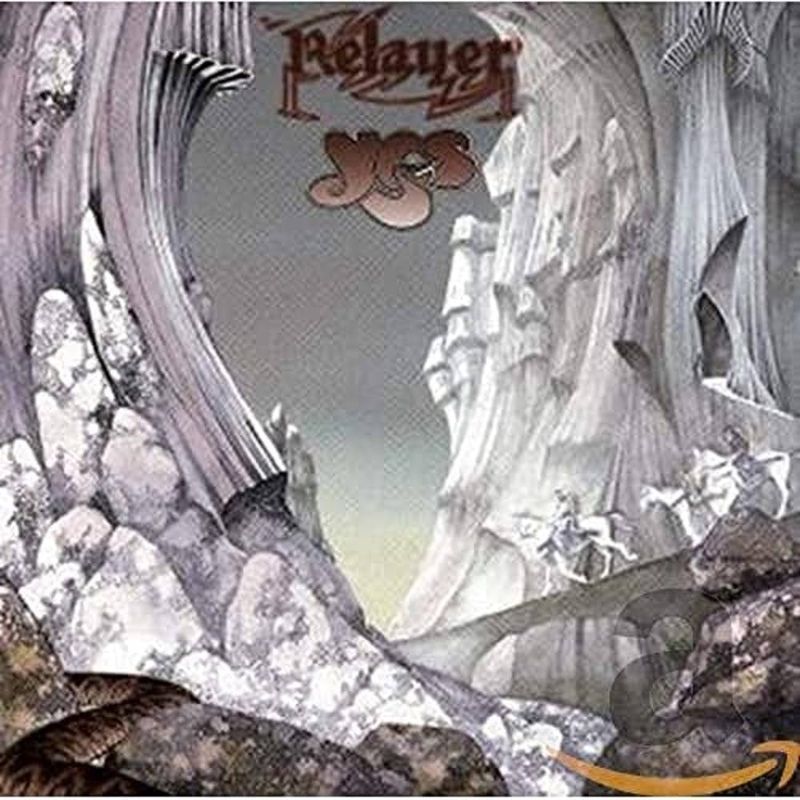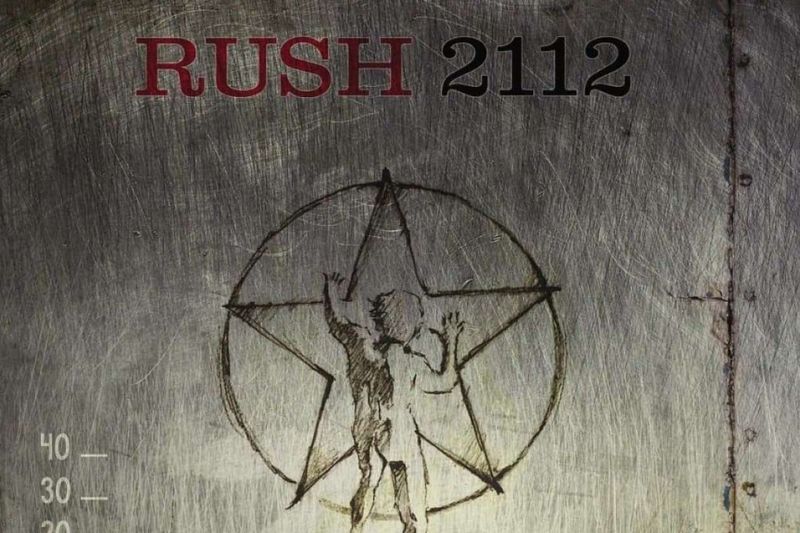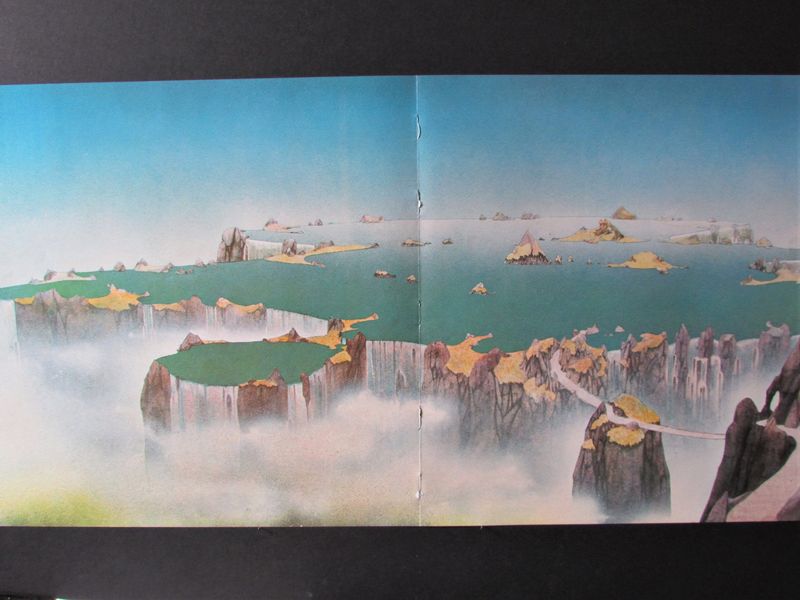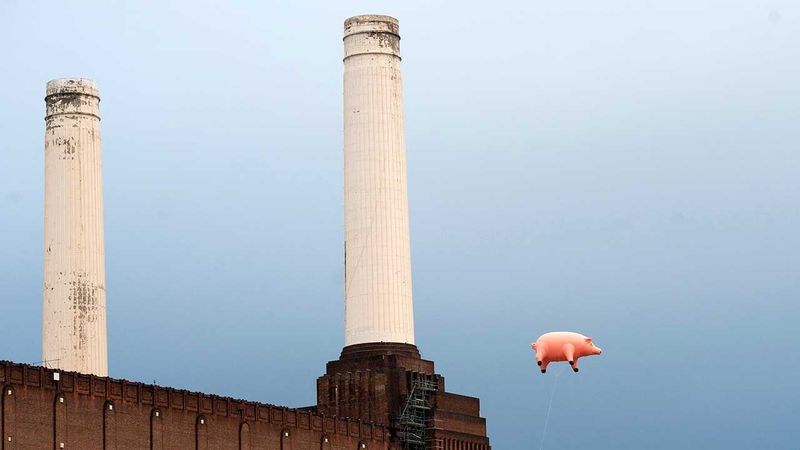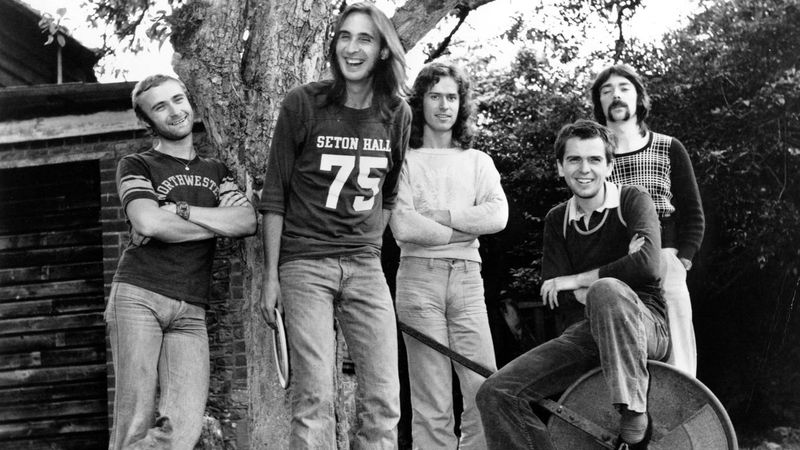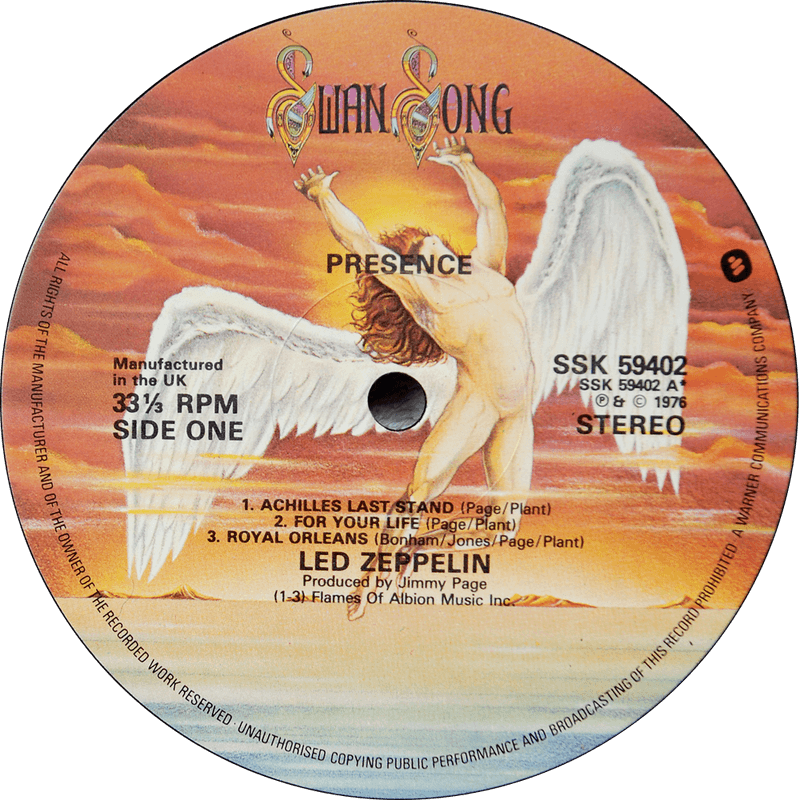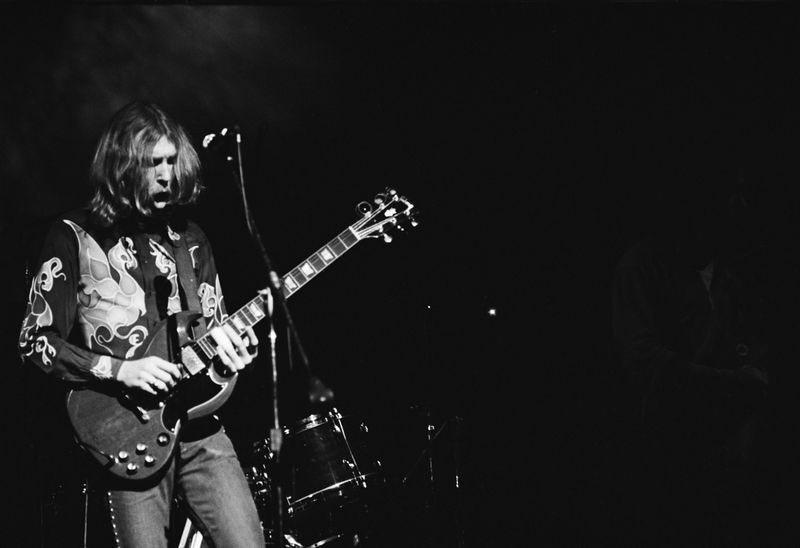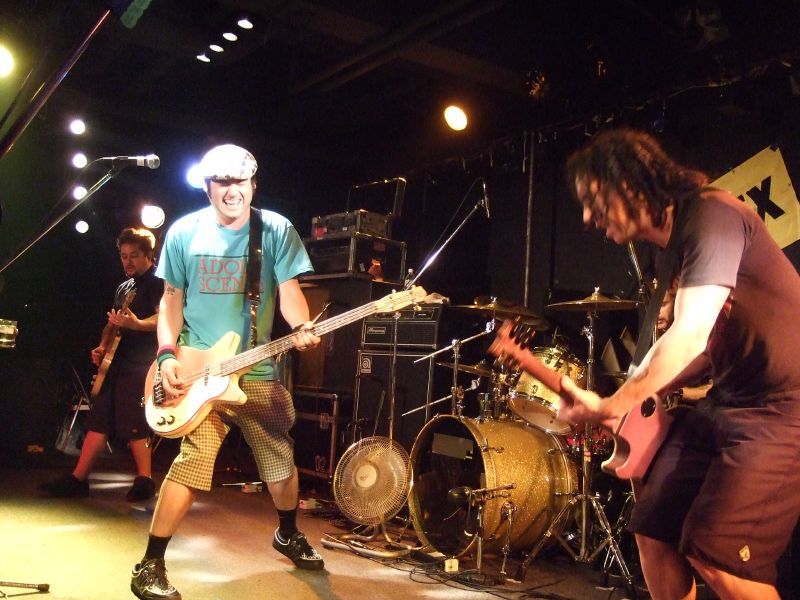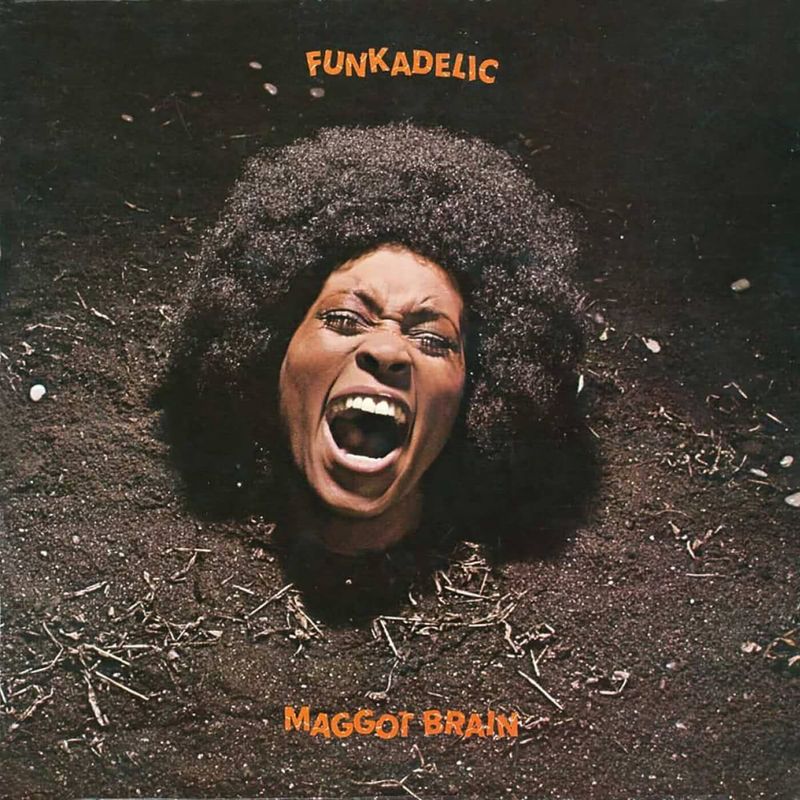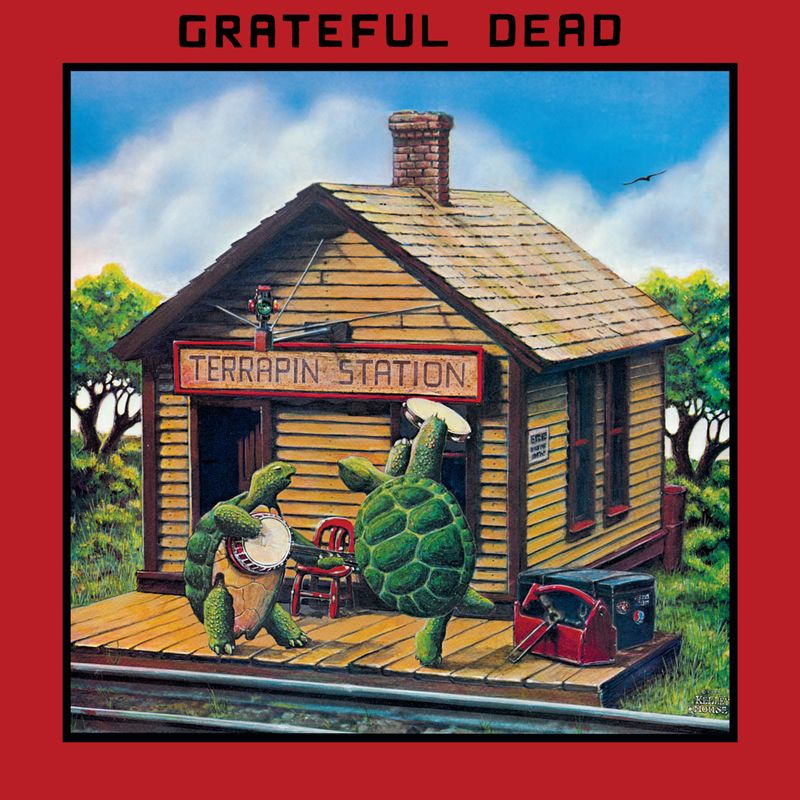Rock music has always pushed boundaries, but some bands took musical exploration to extraordinary lengths. While most radio hits wrap up in three or four minutes, certain ambitious musicians crafted sprawling sonic journeys that demand listeners’ full attention. These extended compositions often represent the most daring artistic statements in rock history, blending complex arrangements, virtuosic performances, and epic storytelling.
1. “The Whirlwind” – Transatlantic (77:46)
Breaking modern attention spans wide open, Transatlantic’s monumental 77-minute opus stands as a testament to progressive rock’s enduring ambition. This supergroup featuring members of Dream Theater, Marillion, and The Flower Kings created what might be the longest continuous rock piece ever commercially released. Structured as twelve distinct movements that flow seamlessly together, the composition tackles themes of apocalypse and renewal. Virtuosic instrumental passages give way to soaring vocal harmonies, creating a musical tapestry of remarkable depth. Released in 2009, this modern prog masterpiece proves that marathon musical statements aren’t just relics of the 1970s.
2. “Light of Day, Day of Darkness” – Green Carnation (60:06)
Norwegian metal visionaries Green Carnation stunned the music world with this hour-long single track that occupies their entire 2001 album. Mastermind Tchort composed this deeply personal journey following the birth of his son and the death of his father. The composition seamlessly blends doom metal’s heaviness with progressive rock’s structural complexity and atmospheric passages. Choral arrangements and classical instrumentation expand the sonic palette beyond typical metal boundaries. Despite its intimidating length, the piece maintains remarkable coherence, taking listeners through emotional landscapes ranging from mournful introspection to cathartic release. A true monument of musical endurance and creative vision.
3. “Echoes” – Pink Floyd (23:31)
Occupying an entire vinyl side of Pink Floyd’s 1971 album “Meddle,” this haunting sonic expedition marked the band’s transition from psychedelic experimentation to the more structured concept albums that would define their legacy. The track opens with a single, distinctive ping—created by Richard Wright’s piano fed through a Leslie speaker. Middle sections drift into avant-garde territory with whale-like guitar sounds (achieved by David Gilmour sliding a steel slide along his strings) and eerie vocal harmonies. The instrumental passages create a sense of vast, underwater landscapes. Many consider this composition the blueprint for Pink Floyd’s later masterpieces, showcasing their ability to create immersive musical environments that transcend traditional song structures.
4. “Thick as a Brick” – Jethro Tull (43:50)
Jethro Tull’s audacious masterpiece masquerades as a single continuous track spanning an entire album. Frontman Ian Anderson crafted this elaborate folk-prog opus as a satirical response to critics who had labeled the band’s previous album “concept-heavy.” The composition weaves through dozens of musical themes, tempo changes, and instrumental showcases that highlight the band’s versatility. Flute melodies dance around intricate acoustic guitar patterns while the rhythm section maintains remarkable cohesion throughout. Lyrically, it presents the fictional poetry of an 8-year-old boy named Gerald Bostock, creating a multi-layered commentary on society that remains fascinatingly relevant decades later.
5. “The Gates of Delirium” – Yes (21:50)
Inspired by Tolstoy’s “War and Peace,” this epic from Yes’s 1974 album “Relayer” represents progressive rock at its most ambitious. Keyboardist Rick Wakeman had recently departed, making way for Swiss virtuoso Patrick Moraz, whose jazz fusion influences permeate the composition. The middle section features an extended musical battle sequence where the band literally created percussion by throwing metal objects around the studio. This chaotic warfare eventually resolves into the serene closing section, “Soon,” which became a concert favorite in its own right. Jon Anderson’s lyrics explore the futility of conflict through abstract imagery, complementing the composition’s dramatic shifts between violence and tranquility.
6. “2112” – Rush (20:33)
Rush’s career-defining science fiction suite saved them from commercial obscurity after their record label pressured them to create more radio-friendly material. Instead, the Canadian trio doubled down on their progressive ambitions with this dystopian epic inspired by Ayn Rand’s novella “Anthem.” Divided into seven distinct movements, the composition tells the story of a future society where individuality and creative expression are forbidden. Geddy Lee’s distinctive high-pitched vocals narrate the protagonist’s discovery of a guitar and subsequent rebellion against the oppressive “Priests of the Temples of Syrinx.” Neil Peart’s philosophical lyrics and intricate drumming, combined with Alex Lifeson’s guitar prowess, established this as the band’s signature piece.
7. “Close to the Edge” – Yes (18:43)
A watershed moment in progressive rock, this 1972 masterpiece represents Yes at the absolute peak of their creative powers. The composition’s three movements—”The Solid Time of Change,” “Total Mass Retain,” and “I Get Up I Get Down”—flow together with remarkable cohesion despite their structural complexity. Steve Howe’s classical guitar passages interweave with Rick Wakeman’s church organ and Mellotron, creating a quasi-religious atmosphere. Jon Anderson drew lyrical inspiration from Hermann Hesse’s “Siddhartha,” exploring themes of spiritual enlightenment through stream-of-consciousness poetry. The band reportedly spent weeks perfecting this piece, with drummer Bill Bruford leaving shortly after recording due to the exhausting perfectionism required.
8. “The End” – The Doors (11:43)
Jim Morrison’s psychological odyssey stands as one of rock’s most unsettling epics. Originally developed during The Doors’ residency at the Whisky a Go Go (where its controversial Oedipal section got them fired), the song evolved into a shamanic journey through Morrison’s psyche. Musically, it unfolds as a hypnotic, Eastern-influenced dirge built around Robby Krieger’s flamenco-inspired guitar work. The middle section breaks into a dramatic spoken-word narrative before building to its famous climactic declaration: “This is the end.” Director Francis Ford Coppola later used the track to bookend “Apocalypse Now,” forever linking it with cinematic images of Vietnam War devastation and cementing its cultural significance.
9. “Dogs” – Pink Floyd (17:05)
Often overshadowed by “Animals” album-mates “Pigs” and “Sheep,” this Roger Waters composition represents some of Pink Floyd’s most biting social commentary. The track uses canine metaphors to skewer ruthless business executives and the cutthroat capitalist system that creates them. David Gilmour’s extended guitar solos convey both aggression and melancholy, perfectly complementing Waters’ cynical lyrics. The middle section features vocoder-processed barking sounds and ticking clocks, creating an atmosphere of mounting dread and alienation. Originally developed during the “Wish You Were Here” sessions under the working title “You’ve Got to Be Crazy,” the piece underwent significant refinement before becoming the centerpiece of Pink Floyd’s 1977 concept album.
10. “Supper’s Ready” – Genesis (22:58)
Peter Gabriel’s apocalyptic masterpiece unfolds across seven distinct movements, taking listeners on a surreal journey from intimate domestic scenes to the end of the world. The composition’s title references the Biblical last supper, setting the stage for its grand spiritual themes. Musically, it showcases Genesis at their most theatrically ambitious, with Gabriel’s character-driven vocals guiding listeners through landscapes that shift from pastoral folk to aggressive progressive rock. Tony Banks’ keyboard work particularly shines, creating orchestral textures that support the narrative’s epic scope. The triumphant final movement, “As Sure As Eggs Is Eggs,” builds to one of rock’s most transcendent climaxes, with Gabriel’s proclamation that “a new Jerusalem” has arrived.
11. “Achilles Last Stand” – Led Zeppelin (10:26)
Recorded during a period of tax exile and personal turmoil, this thunderous epic showcases Led Zeppelin at their most urgently majestic. Jimmy Page layered eight guitar tracks to create the song’s massive wall of sound, while John Bonham’s relentless drumming drives the composition with remarkable stamina. Robert Plant’s lyrics draw on Greek mythology and his own experiences recovering from a serious car accident in Rhodes. The title references the vulnerability of the legendary warrior Achilles, perhaps reflecting Plant’s own physical fragility following his injury. Despite being one of Zeppelin’s longest studio recordings, the track maintains breathless intensity throughout its ten-minute runtime, never succumbing to the indulgent meandering that characterized some progressive rock epics.
12. “Mountain Jam” – The Allman Brothers Band (33:41)
Sprawling across two sides of vinyl on the landmark “Eat a Peach” album, this instrumental tour de force captures the Allman Brothers’ improvisational genius at its peak. Based loosely on Donovan’s “There Is a Mountain,” the composition served as a framework for extended musical exploration during live performances. The interplay between Duane Allman and Dickey Betts created a distinctive dual-guitar approach that influenced generations of southern rock bands. Drummer Butch Trucks and percussionist Jaimoe establish hypnotic rhythmic patterns that evolve organically throughout the piece. This particular recording comes from the band’s legendary Fillmore East performances in March 1971, capturing Duane Allman’s brilliance shortly before his tragic death in a motorcycle accident that October.
13. “The Decline” – NOFX (18:23)
Shattering punk rock conventions, NOFX’s magnum opus stretched the genre’s typically brief song format to progressive rock lengths without sacrificing its characteristic speed or intensity. Released as a standalone EP in 1999, this ambitious composition offers a scathing critique of American politics and social decay. Frontman Fat Mike’s rapid-fire lyrics cover everything from religious hypocrisy to drug addiction and the prison-industrial complex. The band maintains remarkable technical precision throughout, with unexpected tempo changes and instrumental sections that showcase their musicianship beyond typical punk parameters. Despite its uncommercial length, the track became a fan favorite and critical success, proving that punk’s rebellious spirit could accommodate ambitious musical statements.
14. “Lizard” – King Crimson (23:25)
The title track from King Crimson’s third album represents progressive rock at its most uncompromisingly avant-garde. This suite features a jarring juxtaposition of medieval-inspired acoustic passages, free-form jazz explosions, and orchestral grandeur courtesy of Yes keyboardist Jon Anderson’s guest vocals. Robert Fripp’s compositional vision pushes the boundaries of rock music into territory more commonly associated with 20th-century classical music. The piece’s structure follows a dream-like logic, with sudden transitions between gentle pastoral sections and nightmarish dissonance. Lyrically, it draws on fantastical imagery of princes, lizards, and battles, creating a surreal narrative that complements the music’s constantly shifting landscapes. A challenging but rewarding journey through progressive rock’s most experimental territory.
15. “Maggot Brain” – Funkadelic (10:20)
Eddie Hazel’s guitar masterpiece emerged from one of rock’s most emotionally charged recording sessions. Funkadelic leader George Clinton reportedly told Hazel to play as if he’d just learned his mother had died, then to play as if discovering she was actually alive. The result is a soulful guitar soliloquy that traverses the full spectrum of human emotion—from despair to ecstasy. Clinton originally recorded the track with a full band but later removed most instruments in the mix, leaving Hazel’s guitar naked against minimal backing. Though categorized as funk, this instrumental transcends genre boundaries to stand as one of rock’s most profound statements on grief, hope, and emotional resilience.
16. “Terrapin Station (Part 1)” – Grateful Dead (16:17)
Born during a thunderstorm that simultaneously inspired both Jerry Garcia and lyricist Robert Hunter to envision the same concept independently, this suite represents the Grateful Dead’s most ambitious studio composition. The band supplemented their characteristic improvisational approach with orchestral arrangements and a choir, creating a uniquely symphonic rock experience. The narrative follows a storyteller seeking inspiration, eventually finding it in the tale of a sailor and a soldier competing for a lady’s affection. Hunter’s lyrics balance concrete imagery with mystical symbolism, creating a timeless quality that transcends the song’s 1977 origins. While purists might prefer live versions, the studio recording captures a rarely-seen side of the Dead’s artistic vision.
17. “In-A-Gadda-Da-Vida” – Iron Butterfly (17:05)
Rock legend claims this psychedelic landmark was originally titled “In the Garden of Eden” but was misheard by a producer due to vocalist Doug Ingle’s slurred speech. Whatever its origins, this 1968 epic helped establish the template for heavy psychedelia and proto-metal that would influence countless bands. The extended drum solo by Ron Bushy forms the track’s centerpiece, while the hypnotic organ riff bookends the composition. Despite its length, the song became an unlikely radio hit in shortened form and propelled the album to multi-platinum status. Its distinctive sound captured the darker undercurrents of the late 1960s counterculture, offering a heavier alternative to the era’s peace-and-love aesthetic.
